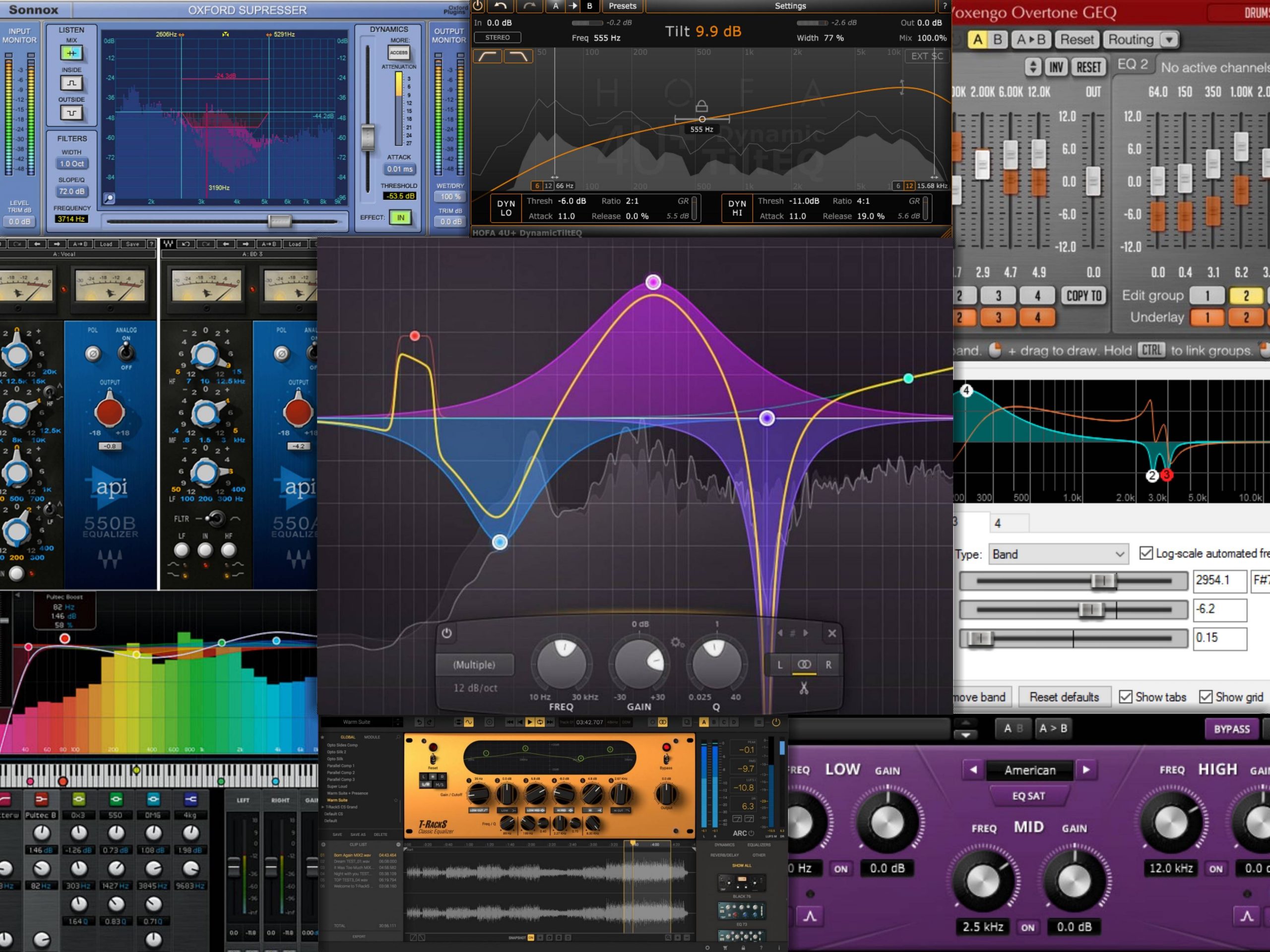

Start with simple tests like an MP3, APE, FLAC, or WAV played from a local hard drive. Learn more about Audio Bitdepth.Īt this point, you should be able to play audio with Media Center. If you are still using a version of Media Center that provides this option in the DSP Studio, select the same format you used above in the OS setup (which should typically be the highest bitdepth your device supports). Modern versions of Media Center set this automatically. In older versions of Media Center, you'd set the Bitdepth setting explicitly here. Leave mixing set to JRSS v2.0 for the best quality output. This is usually the same as the number of speakers you have attached. Set the Channels selection to the number of outputs you are using from your computer. You only need to configure this if you play sample rates that are not supported by your hardware. That setting is called Bitstreaming and is set in Tools > Options > Audio > Settings. If you are trying to pass specific audio formats through directly to an external DAC, this is not the correct setting. Note: If set to something other than None, this will re-encode all audio output by Media Center to the format selected. If you have an external DAC that will do further processing, and which requires a specific input type, you can enable formatting options here for compatibility with your specific device. Under the drop-down menu button, you'll find each of your installed Audio Devices listed, with what MC detected as the best Audio Output Mode.įor most users, this should be set to None. In Media Center, select the sound device and Audio Output Mode via Tools > Options > Audio > Audio Device. If you are using a third-party sound device, you may need to obtain drivers from the device manufacturer before it will operate. If you aren't able to get sound in OSX, you will need to solve that problem before you continue.

Remember the name of the sound device you use so that you can select it in Media Center. You can test the device by clicking on one of the alert sounds from the Sound Effects tab. In the OSX System Preferences app, open the Sound preference panel, and select your sound device on the Output tab. Microsoft has a Troubleshooting Guide that may help you. If you aren't able to get sound in Windows, you will need to solve that problem before you continue. On the Advanced tab of the Properties dialog, play the test tones and ensure that you can hear them. Then on the Playback tab, select your audio device from the list, and hit the Properties button. Or open the Desktop's Control Panel > Hardware and Sound > Sound.Choose the Sound Control Panel from the list.


 0 kommentar(er)
0 kommentar(er)
